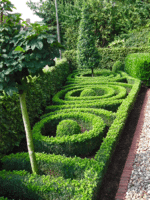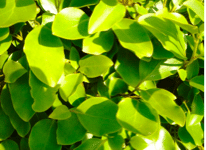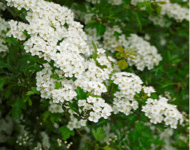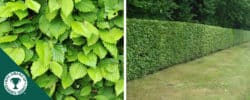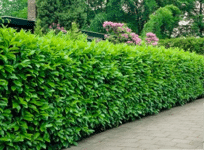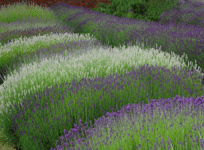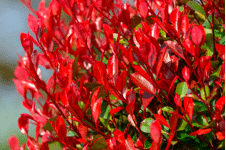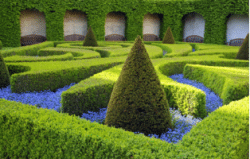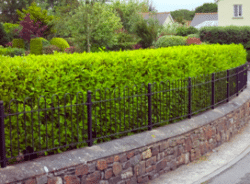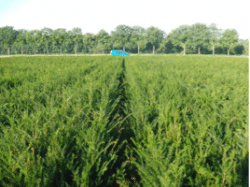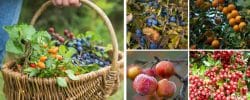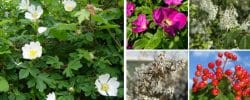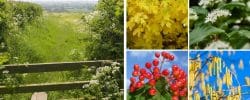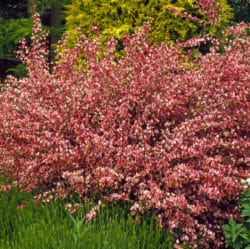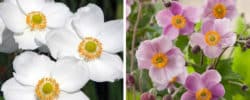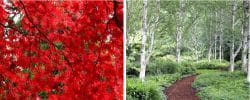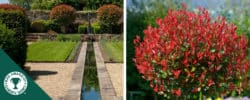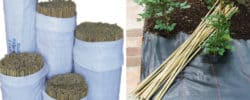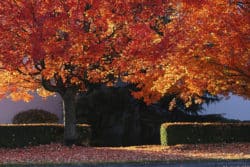Further Information about Skimmia shrubs
A member of the Rutaceae family, skimmia shrubs are closely related to the rue family, often characteristically producing flowers that split into four or five parts, richly scented and very welcome in Winter and Spring.
Ideal for planting in a sandy or loam based soil, most varieties of skimmia prefer minimal exposure to direct sunlight. They can also tolerate chalky soils that are incorporated with decomposing organic matter.
Currently we offer:
- Skimmia Rubella. The skimmia rubella hedge is particularly well known due to its characteristic growth of delicate bunches of small white or yellow-tinged flowers. The leaves of the plant themselves produce a mild aroma, with shiny red berries forming after the flowering season. With skimmia rubella, you can expect a plant that remains evergreen, with additional spots of colour depending on the changing of seasons.
- Skimmia Kew Green. A versatile and handsome evergreen plant, the deep green foliage is perfectly complemented by the understated creamy flowers in late winter.
Growth Rate for Skimmia shrubs
Skimmia shrubs have a generally average growth rate of up to 20-40cm per year, depending on external conditions. They are incapable of growing to extreme heights, therefore making them an easily manageable option. The maximum spread and height ranges from 0.5m to 1.5m and can reach its ultimate growth in up to 10-20 years.
Care for your Skimmia shrub
Skimmia are fairly low-maintenance plants as long as they are planted in the right conditions. Due to their hardiness, they can survive in most locations around the UK, including through heavy winters. Generally preferring spots that are less impacted by sunlight, in partial or full shade, skimmia will thrive in a moist, but well-drained soil. We recommend planting your shrubs in low-maintenance banks or slopes, or alternatively situating them against your patio or in mixed borders.
When pruning your evergreen skimmia, you will have to commit to caring for your shrub during mid to late spring. We suggest focusing primarily on the removal of dead growth and any unhealthy or diseased shoots.
While skimmia plants are generally disease-free, they are occasionally susceptible to damage from pests, including from Glasshouse red spider mites and horse chestnut scale. Dealing with both types of pest can be done relatively easily through the use of a variety of methods, such as biological, cultural and pesticide controls. WIth horse chestnut scale, the damage caused by the pest may seem unsightly but skimmia nymans is capable of dealing with large scale infestations without any significant impact on the plant itself.

